An Interest In:
Web News this Week
- April 24, 2024
- April 23, 2024
- April 22, 2024
- April 21, 2024
- April 20, 2024
- April 19, 2024
- April 18, 2024
Touch Me Not, a surreal 18th century manual on how to raise the Devil, and then send him treasure hunting
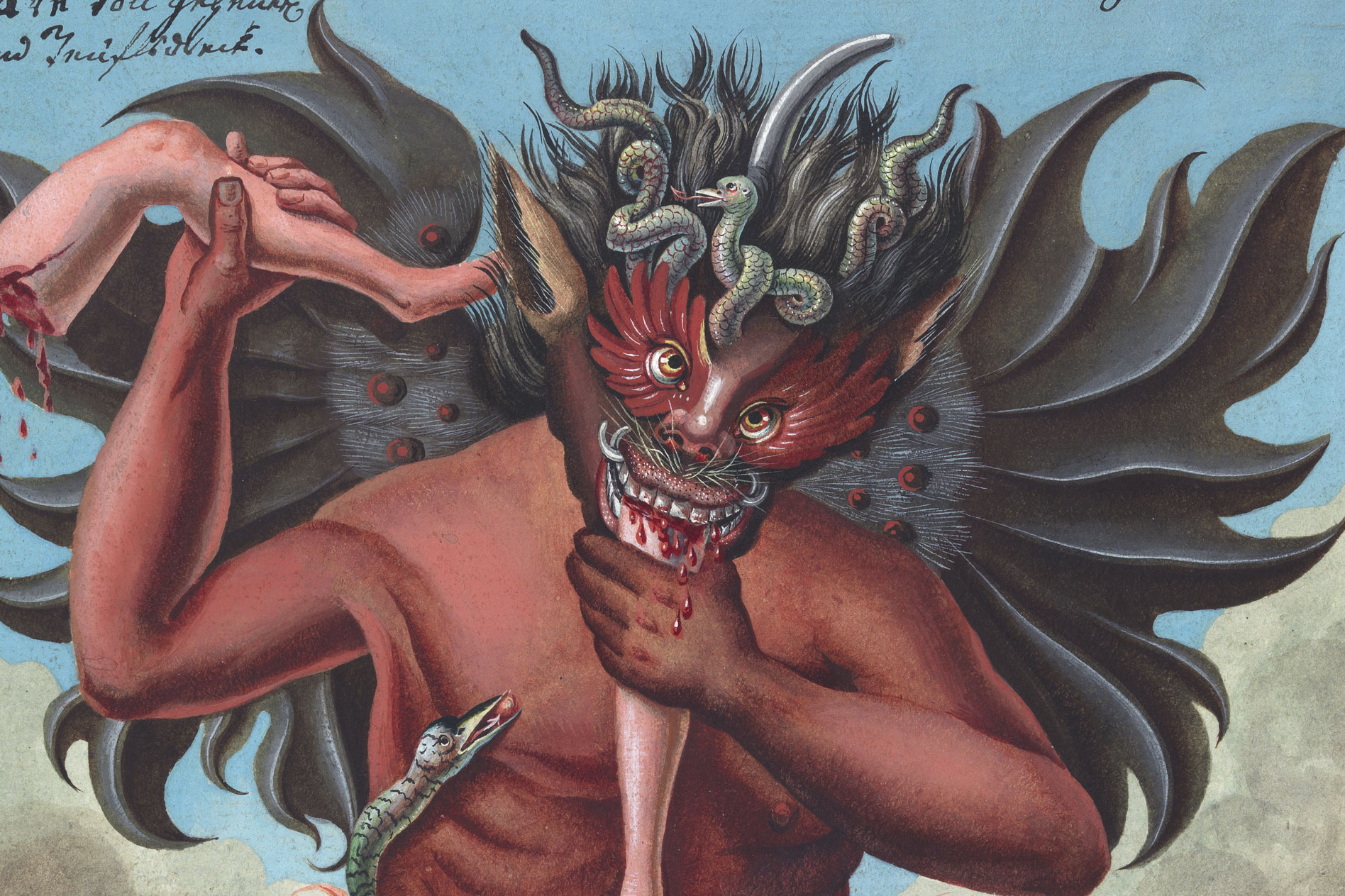
Last year, the UK occult arts publisher, Fulgur Limited , celebrated its 25th anniversary. Initially focused on the work of the early 20th century British occult artist, Austin Spare, over the years, the imprint has published some of the most beautiful and significant books at the confluence of art and magic and has been the leader in the modern so-called talismanic publishing scene. What the Devil is talismanic publishing? It's an approach to publishing that incorporates magical practice into the act of publishing itself.
The concept originated with occultist Aleister Crowley in the late 19th century. He sought to treat his small press published books on magic and poetry as talismanic objects. Where any book nerd might argue that a finely designed, high-quality printed and bound book is already a magical object, talismanic publishing takes this to another level, with the selection of papers, inks, colors, fonts, and dates and times of publishing often being chosen with magical intent and a special level of consideration being given to the "out of box" experience and initial opening of the book. I have had talismanic books arrive with hand-calligraphied addresses, special perfumed paper wrappings, wax-seals, hand-drawn sigils, and more. Some may roll their eyes at all of this as woo-woo marketing gimmickry, but when this treatment is done well, it lends itself to a unique and elevated experience for anyone who loves bewitching books.
A great case in point is Fulgur's gorgeous new tome, Touch Me Not, their full-color facsimile of the infamous late 18th century grimoire, A Most Rare Compendium of the Whole Magical Art. Which, truth be told, is really a collection of the blackest of the black arts from 1795, but still...
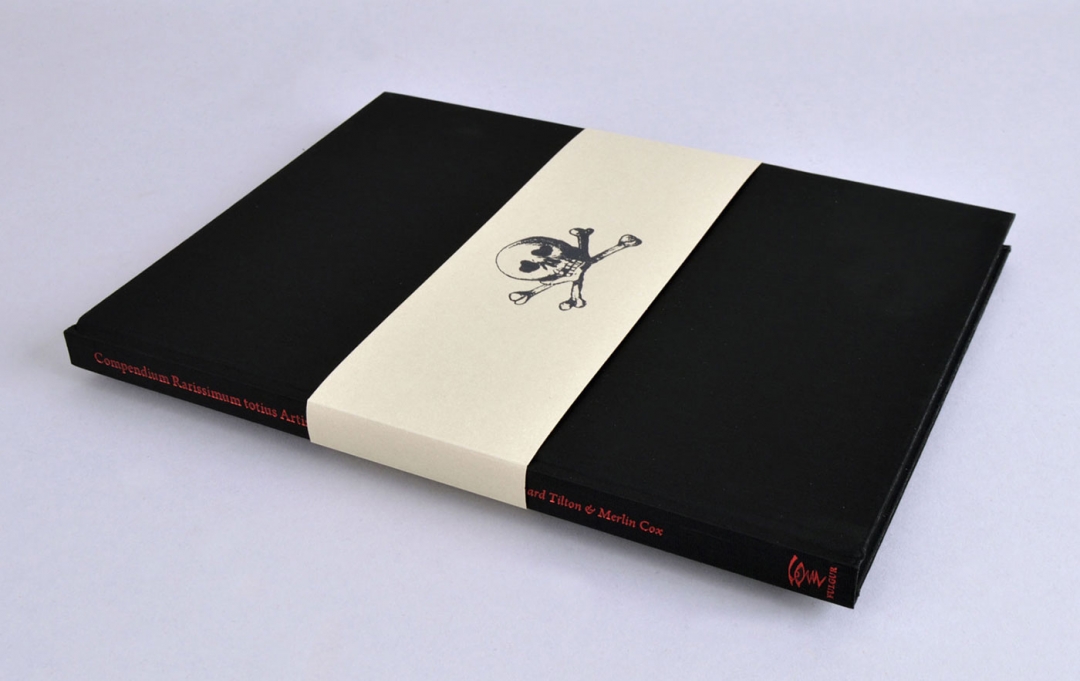
Taking the book from the mailer, you are confronted with a jet-black book of sumptuous silk cloth. Binding the book closed is a brown paper band with a black foil skull & crossbones blind embossed into it. A demonic tome that is literally bound and that warns the unwary with an ancient symbol of danger and death? Nice. Breaking that band and removing it, beneath it is your final warning, the title, Touch Me Not, blind embossed in red foil. The title, Touch Me Not, is actually part of the full, original title A most rare compendium of the whole magical art, systematized by the most famous masters of this art in the year 1057. Touch me not.
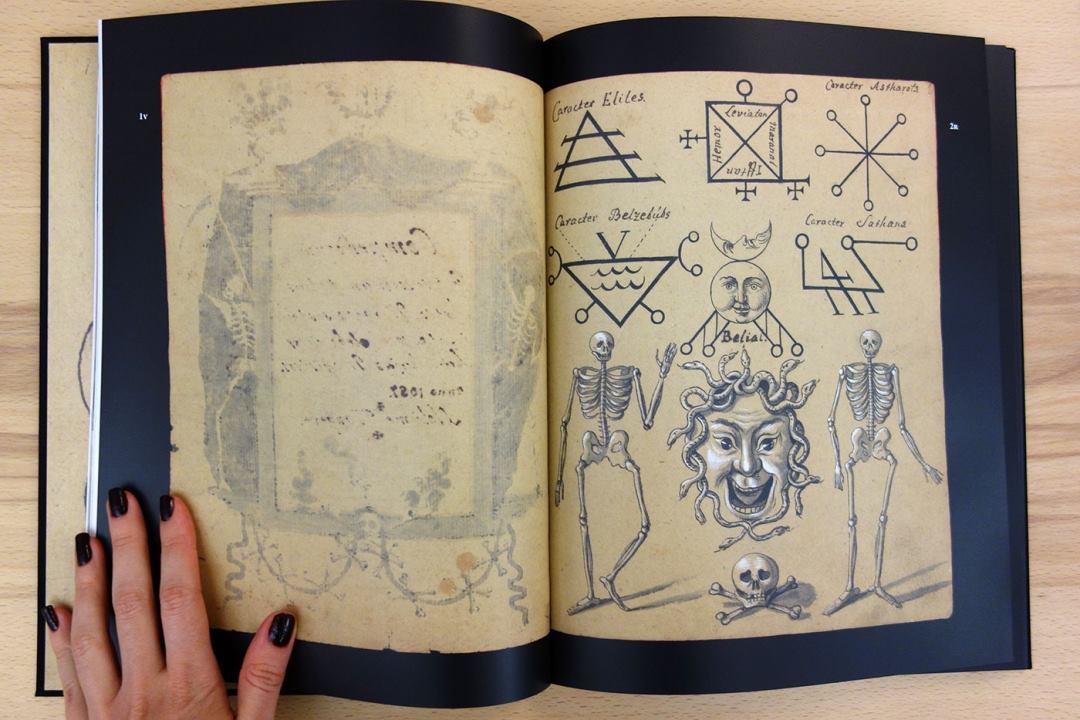
Touch Me Not is a unique and astonishing artifact. And an extremely bizarre one. It is unlike any other grimoire in my collection. It exists as a strange and singular contribution to the central European "magical treasure hunting" craze of that era. The Fulgur edition of A Most Rare Compendium... is derived from the copy found in the collection of the Wellcome Library in London, with side-by-side translations of its German and Latin texts.
There has always been a strange obsession with magical treasure hunting in the European grimoire tradition which I have never clearly understood. Even in more heavenly-minded tomes, like The Book of Abramelin, which includes a torturous process for contacting your "Holy Guardian Angel" and living and serving the lord, they still manage to concern themselves with magical treasure hunting. In Dr. Hereward Tilton's excellent introduction of Touch Me Not he explains what motivated this obsession. A lot of it had to do with the 30 Years War (1618 - 1648), the deadly religious conflict between Catholics and Protestants, which ultimately claimed the lives of some 6 million people.
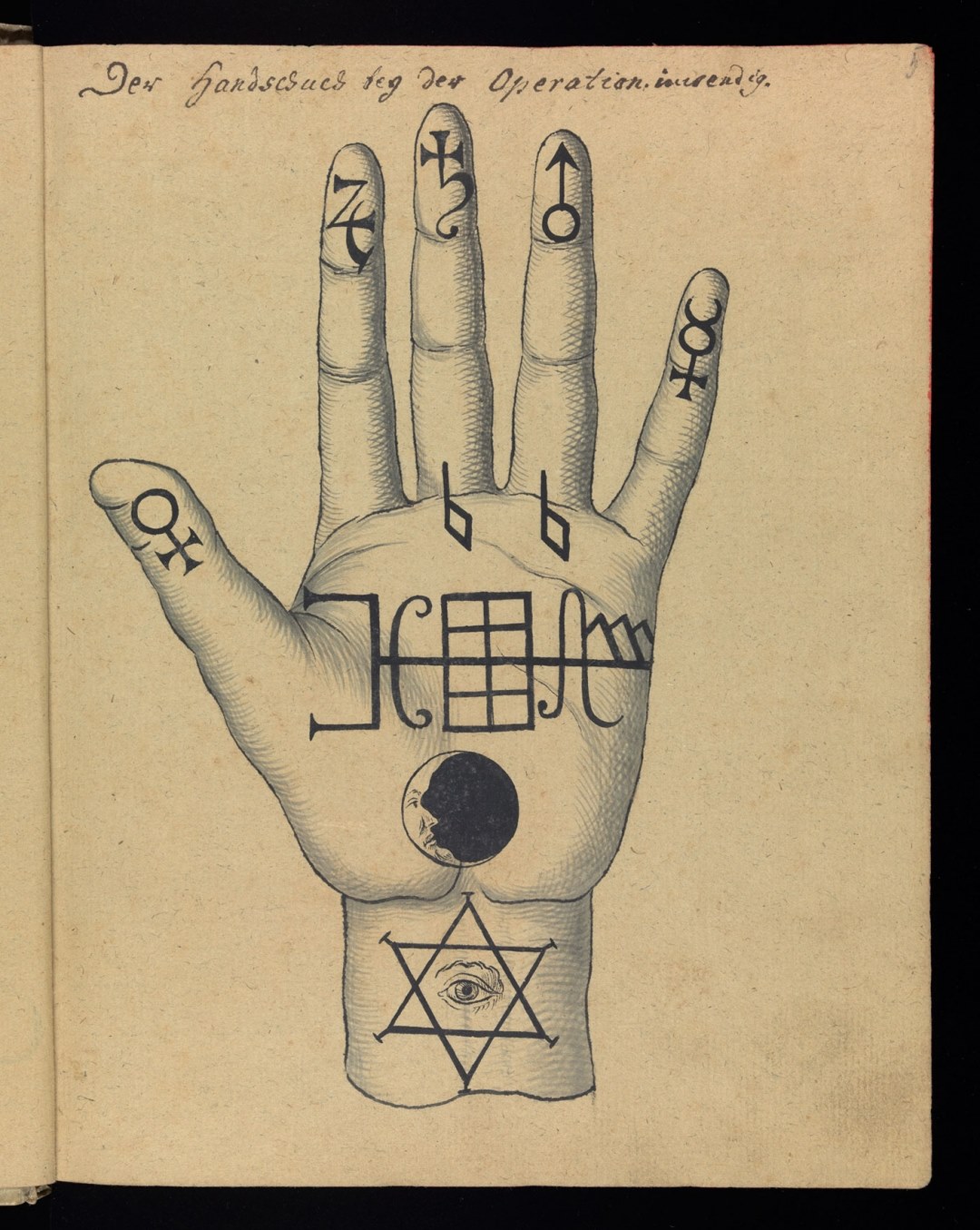
In the wake of this war, many Catholic churches were looted and in ruins. Bandits on the run, loaded down with gold and religious artifacts, had to bury their loot in hopes of returning some day to retrieve it. They rarely did, which led to treasure caches, some real, many more imagined, throughout Europe. Given few maps or other surviving clues, treasure hunters turned to magical means to divine this lost treasure. This was also during the time of European witchcraft hysteria. In the wake of the war, there was devastating disease, crop failure, and famine. Who got blamed? Witches.
So that is why so many grimoires of the time are obsessed with treasure hunting! Mystery solved.
Touch Me Not is quite unique within the corpus of European grimoires. Unlike the Solomonic tradition of the Clavicula Salomonis (Key of Solomon), or even Abramelin, this book can't be traced directly through a lineage of older texts. The author clearly knew of, and drew from, some of these earlier works, but this book did not evolve from them. It is a one-off.

Touch Me Not basically outlines a technique for drugging and scaring yourself near-mad and then raising the demons of Hell in the midst of that madness. You're supposed to take a psychedelic root concoction (which is basically a Medieval European equivalent of South American ayahuasca) along with cocktails of other strange drugs designed to "poison the imagination," and then cover your body in "sigillary body painting" (the sigils in the book are gorgeous). High as fuck, naked, and covered with magical temporary tattoos, you're then supposed to look through the paintings in the book until they scare you out of your ordinary mind. The paintings are extraordinary; beautiful, surrealist art of a surprisingly high order. And designed to be extremely disturbing. The text is also obviously designed to be lurid and shocking to the reader.
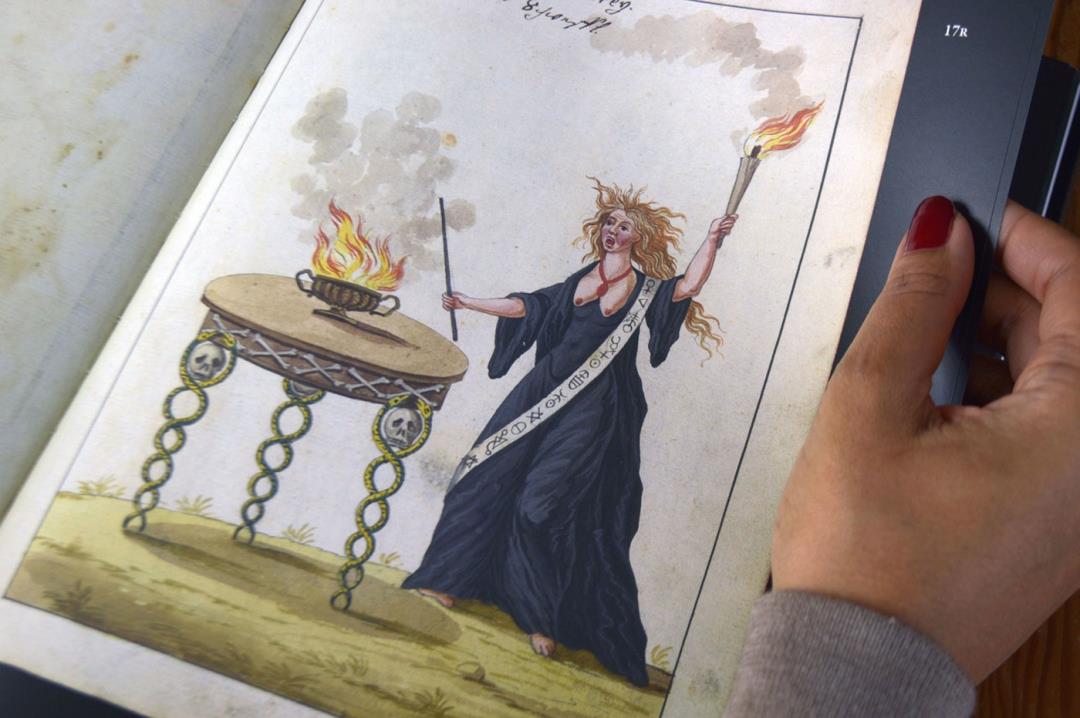
Suitably lizard-brained on the crazy root juice, terrified of what you've just seen and read, you then perform the book's infernal spells to raise the Devil and his legions of Hell. With the powers of darkness conjured to visual appearance, you command them to go find the treasure you're after. That seems to be the central point of Touch Me Not.
The book also talks about treasure guardians. These are spirits and familiars associated with treasure. Besides dragons (and there was widespread belief at the time that dragons lorded over hoards of treasure, in ruined Catholic churches, in magical caves, and in vast underground realms), black dogs, snakes, and "spectral maidens" were believed to be types of spiritual creatures who might guard or guide you to treasure.

Bands of treasure hunters, a ruined landscape with dragons and treasure hoards, magicians, necromancers, fighters, and magical and holy relics. Does all this sound strangely familiar? It's straight-up Dungeons and Dragons! Or, even closer still, it's exactly like the currently popular fantasy skirmish game, Frostgrave, where dueling wizards wield dark magic as their warbands fight over treasure and magical items in a ruined city.
Besides the treasure hunting concerns of Touch Me Not, there are recipes and spells for other dark, necromantic purposes, such as creating a magical mirror for "viewing everything." The process for making such a mirror is convoluted, torturous, and frankly, insane. The "recipe" involves an alloy made from specified "loths" of various metals (loth being an old German measurement for 1/2 of the "local ounce") and a consecrated hand bell from a church (again with the looted church relics). The process takes three years and there are many steps and ingredients involved, all related to violence, death, and corpses: The brick dust from a gallows, the shirt from a hanged man, coffin nails and coffin wood, etc. When completed, the mirror is fumigated with burning goat and horse hair (fragrant!) and stored in a box made from coffin wood and nails. To use the mirror, it is placed on a grave. The grave is apparently used as the power source for turning the mirror "on."
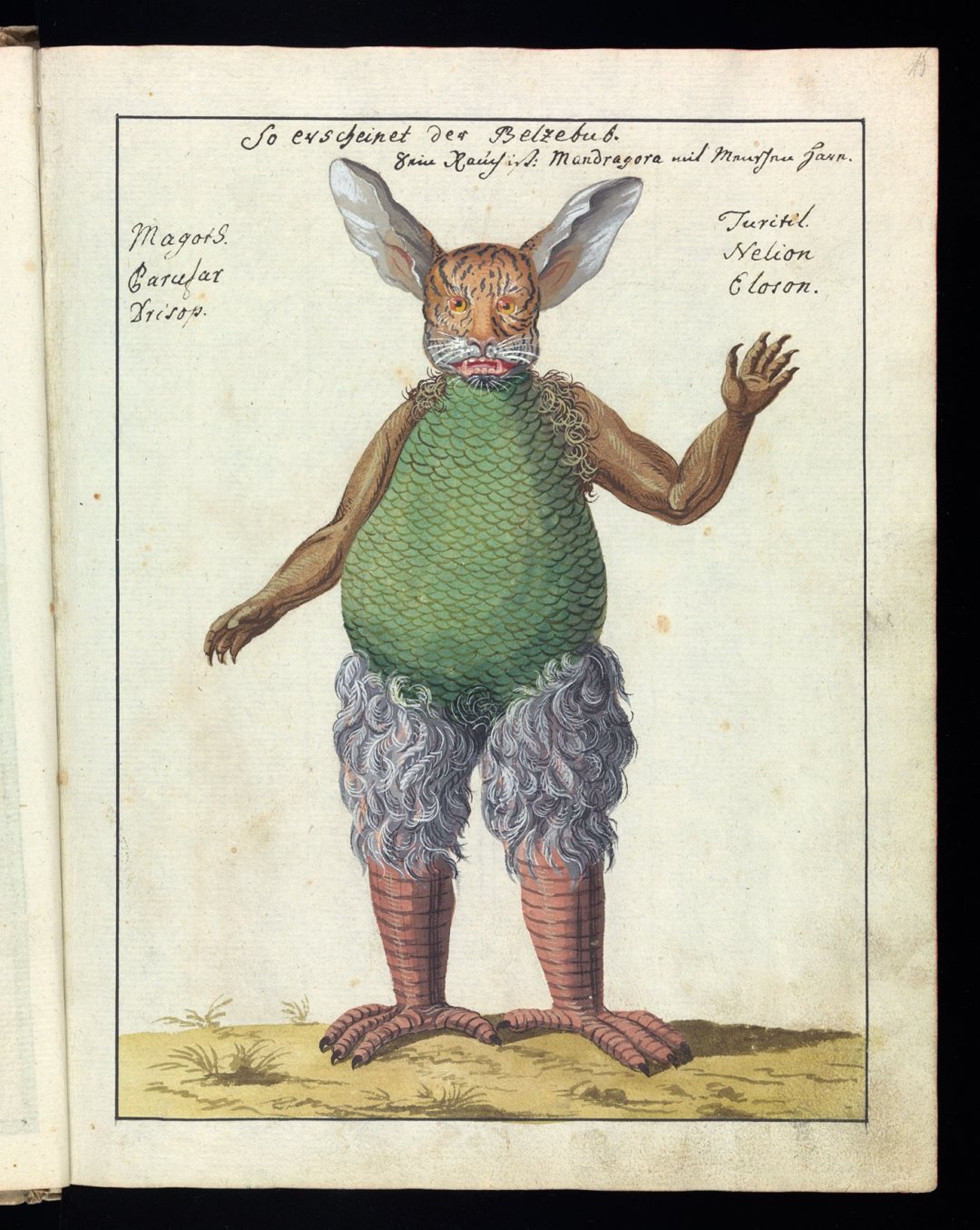
I have long thought that these exotic ingredient lists and drawn-out, torturous procedures found in grimoires are a way of ensuring that basically no one is ever actually going to be able to properly perform the ritual; that the whole sordid business is basically designed to be unattainablely aspirational, more to titillate, to scare, and to entertain.
In the opening essay, Hereward Tilton makes it clear that Touch Me Not was most likely a work of occult folk horror, an intentionally transgressive artifact that's a piece of supernatural fiction more than a working manual of the black arts. He points out that a book like this would be so rare, so expensive, that the only sort of person who could afford it would not likely be the sort who'd be traipsing into the deep forest in search of mythical treasure.
Seen in this light, Touch Me Not is a very fascinating and immersive form of supernatural horror, and an artifact unlike any in my collection. One of the other amazing things about this Fulgur edition is that it's extremely affordable, at $46.50. Of course, if you're not in the UK, there's the high cost of shipping. If you want one, I would suggest grabbing it quick. I hear it's selling out fast. If you do acquire this infernal tome, remember, as the last lines of the text warn, "meddling in this art never goes unpunished."
Original Link: http://feeds.boingboing.net/~r/boingboing/iBag/~3/HkQpBlIdwBY/touch-me-not-a-surreal-18th-c.html


